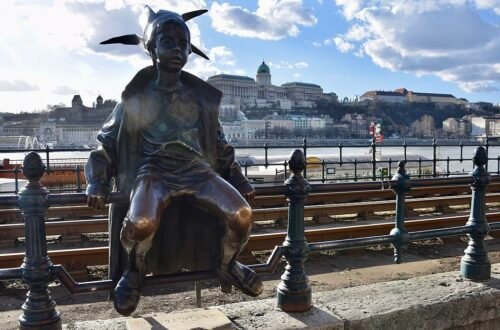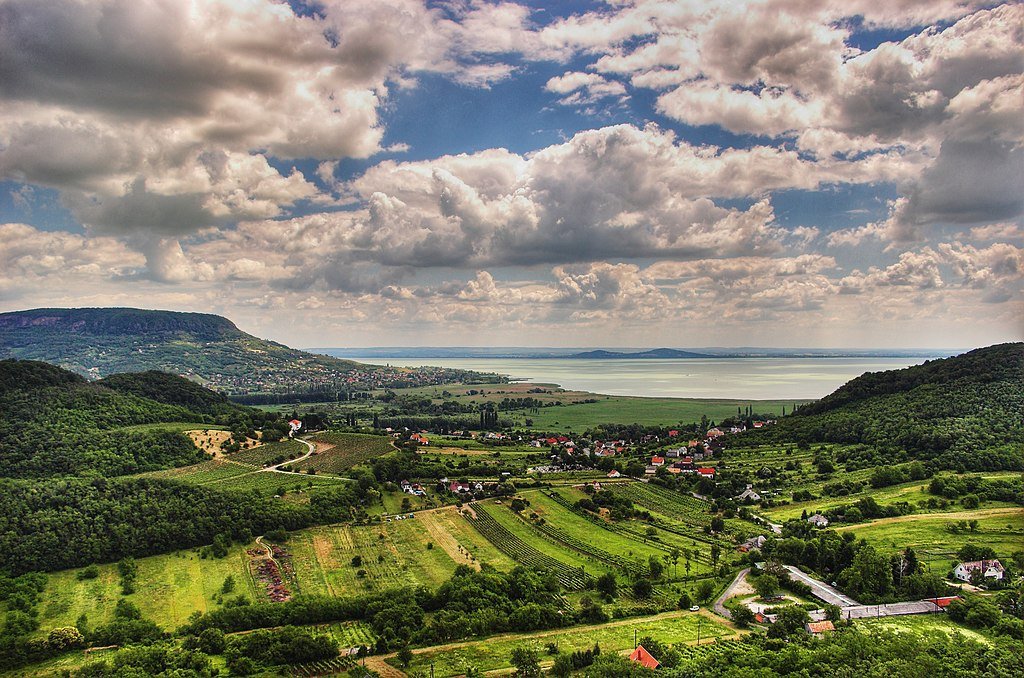
15 Best Things to See in Hungary
Hungary is home to a wide range of rich and diverse cultural traditions as well as an intriguing history. The nation has long been a favourite of tourists ever since it emerged from the Communist gloom at the end of the 1980s. Tourists are sure to find something to pique their interest with a variety of natural, historical, and cultural places to visit! Let’s examine the top activities in Hungary:
- Eger Wine Region
- Cave Bath, Miskolc-tapolca
- Dohány Street Synagogue, Budapest
- Mosque of Pasha Qasim, Pécs
- Busójárás, Mohács
- Pannonhalma Archabbey
- Necropolis of Sopianae, Pécs
- Gödöllő Palace
- Caves of Aggtelek Karst
- Danube River Cruise
- Lake Balaton
- Esztergom Basilica
- Hungarian Parliament Building, Budapest
- Hortobágy National Park
- Great Market Hall, Budapest
Eger Wine Region
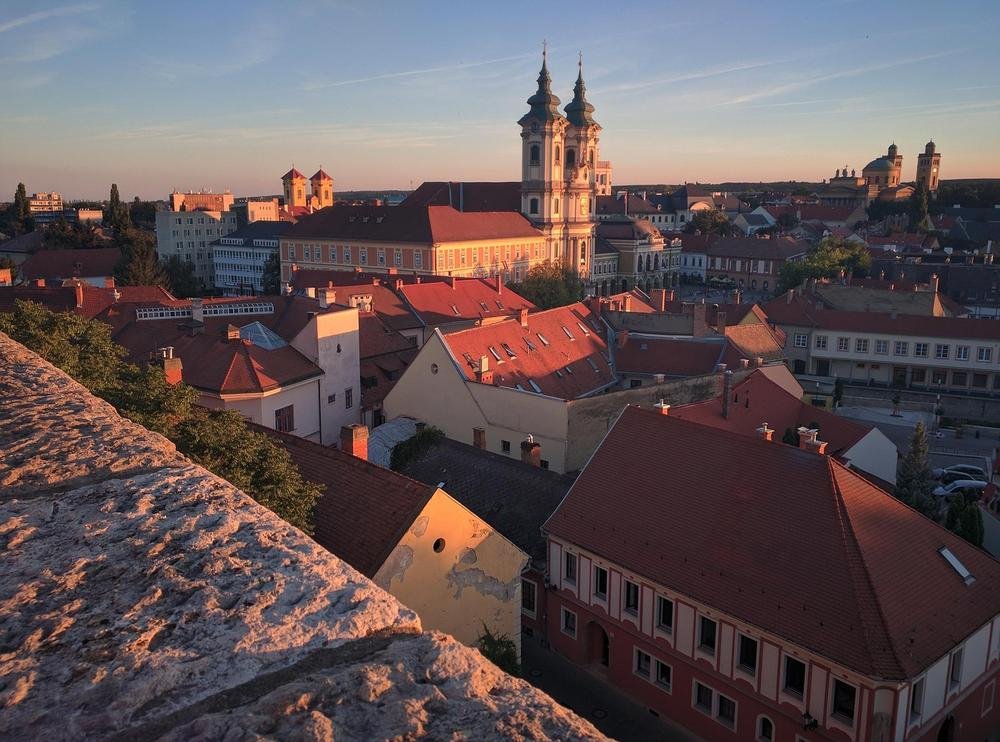
You shouldn’t skip a trip to the Eger wine area, even though Hungary is best known for its sweet dessert wines from the Tokaj. There are a lot of vineyards and wine cellars in the area where you can try the local fare. The “Bulls Blood” variation is strongly advised. Many wineries host special wine tasting events where guests can partake in visits to the cask cellars, traditional meals, and dances in an effort to increase tourism.
Cave Bath, Miskolc-tapolca
Anyone who appreciates relaxation and pampering must visit the Cave Bath at Miskolc-Tapolca. This natural cave system, which can only be explored by wading in, contains this hot spa bath. It is said that the water, which is reportedly healthy and maintains a steady temperature of 30 °C, is rich in minerals. Although there have been tourists coming here for the thermal waters since the 17th century, it wasn’t until a modern bathing facility was constructed in the 1940s that they became widely known. There are spa services accessible on-site, in addition to a selection of pools. Except for January, the baths are open all year long.
Dohány Street Synagogue, Budapest
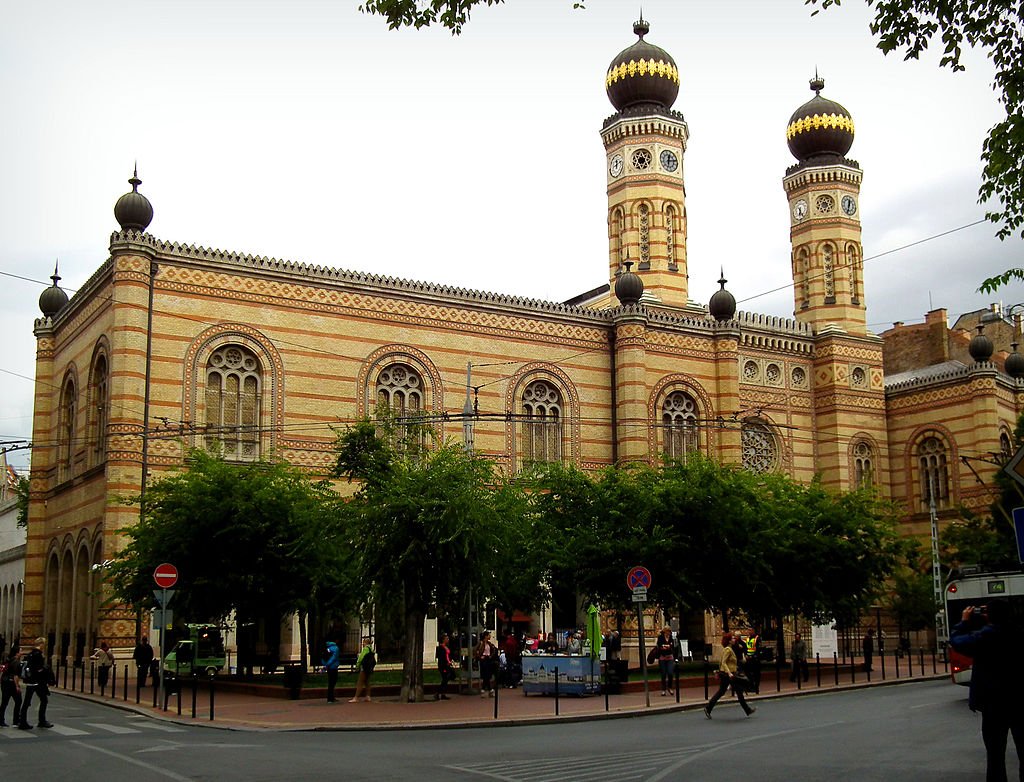
One of the biggest synagogues outside of Israel is located in Budapest and is called the Dohány Street Synagogue. The ancient synagogue was bombed and taken over by Nazi Germany during World War II, and it wasn’t until the 1990s that it was fully repaired. The lovely silver weeping willow memorial, whose leaves bear the names of some of Budapest’s missing or deceased Jewish community, is located in the garden. A moving tribute to Swedish ambassador Roual Wallenberg, who helped save the lives of hundreds of Hungarian Jews during World War II, may also be found there. It is important to keep in mind when making travel plans that large baggage is not permitted within the synagogue, and small bags may be examined upon entry. Aside from Saturdays, the synagogue is open most days.
Mosque of Pasha Qasim, Pécs
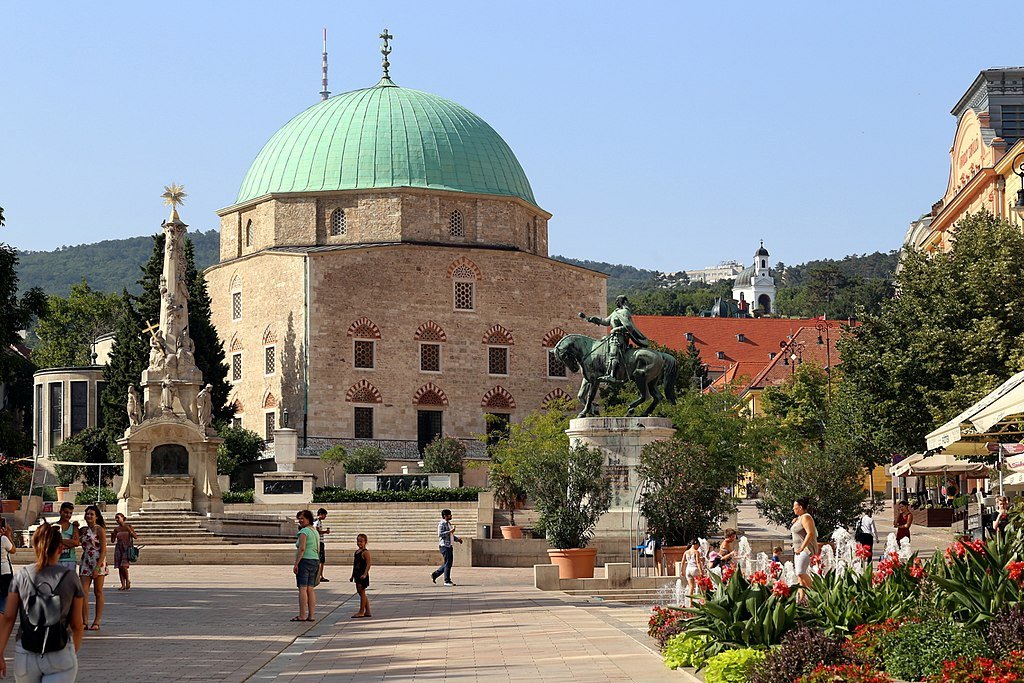
During the Ottoman Empire’s rule over the nation in the second half of the 16th century, this magnificent structure was first constructed. Although it was originally intended to be a mosque (the minaret was taken down by Jesuits in 1766), it is now a Roman Catholic church. One of the best Turkish architectural specimens in the entire nation can be found there. There are still Koranic writings visible in several areas of the structure despite its current use. Another interesting thing to consider is the Christian symbolism found in churches. The church is closed to visitors while holding religious services.
Busójárás, Mohács
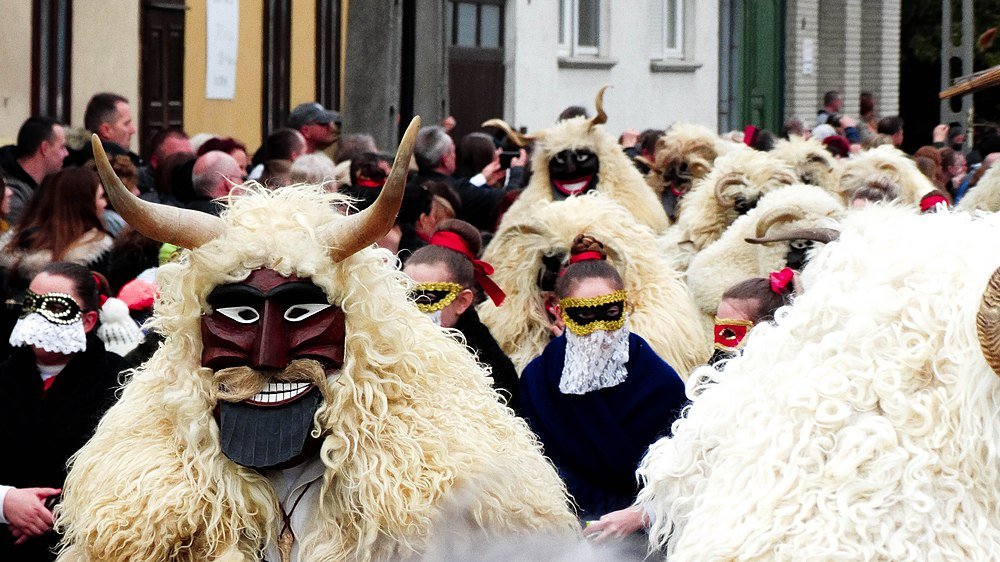
The six days before Ash Wednesday are when the Busójárás celebration is held. The locals parade through the town while wearing traditional masks with demonic features. Depending on who you believe, this custom either has its roots in a historical effort to frighten off invaders or it is a remnant of the pagan practice of frightening off winter. You can take in the diverse selection of odd masks, as well as local cuisine and folk music. Make sure to check the dates in advance as the celebration changes depending on when Easter falls.
Pannonhalma Archabbey
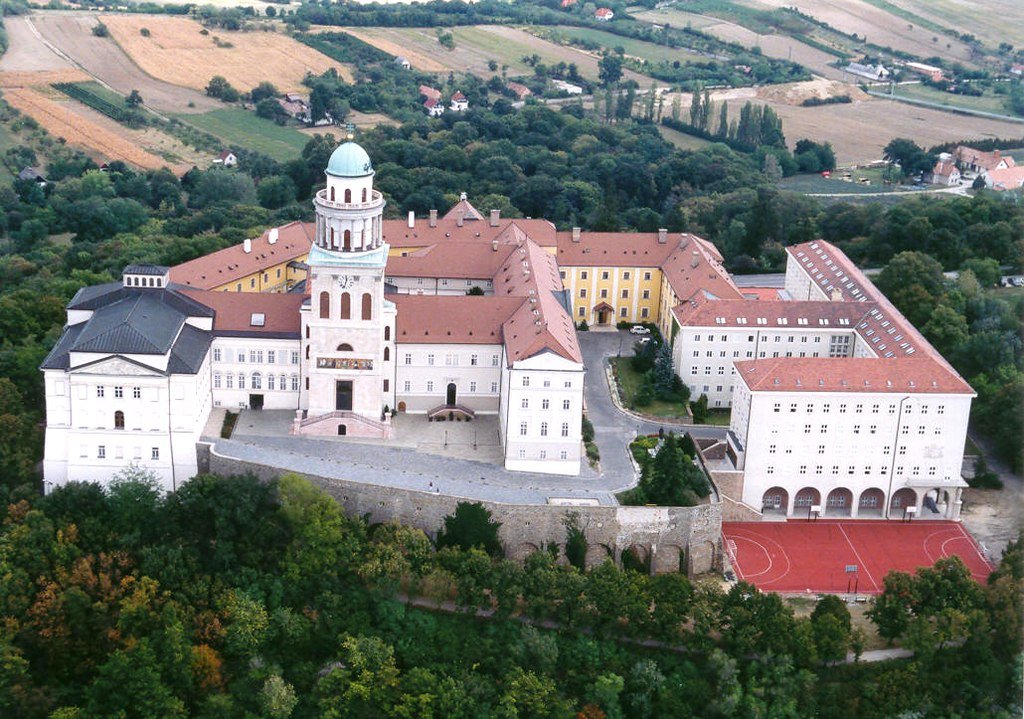
Founded in 996, the Abbey at Pannonhalma has expanded and prospered ever since. There are currently about 50 monks residing at the Abbey, along with a theology school and a boarding school for boys. Some of Hungary’s oldest records, including the earliest known written Hungarian text, are kept in the abbey’s archives. Since the abbey’s founding, monks have been producing wine there. The monks have recently revived their wine-making practices despite the Communist authorities taking their vineyards (and other lands) during the 1940s.
Necropolis of Sopianae, Pécs
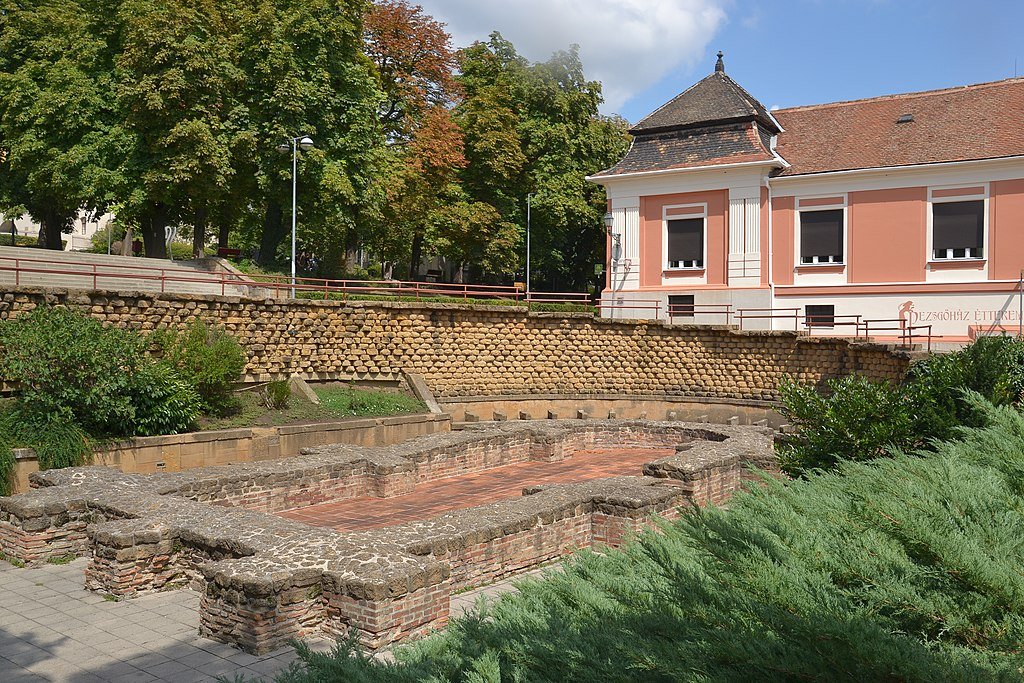
A UNESCO World Heritage Site in Hungary is the Necropolis of Sopianae. Pécs, previously known as Sopianae by the Roman Empire, was a significant Christian stronghold in the fourth century, and this Necropolis exhibits a fusion of Christian and Roman influences. Early Christian artworks that may be seen at the location include painted frescos and sarcophagi, both of which are fascinating specimens. Other tomb clusters appeared as the city of the dead grew, but these are less significant culturally than the key Christian structures.
Gödöllő Palace
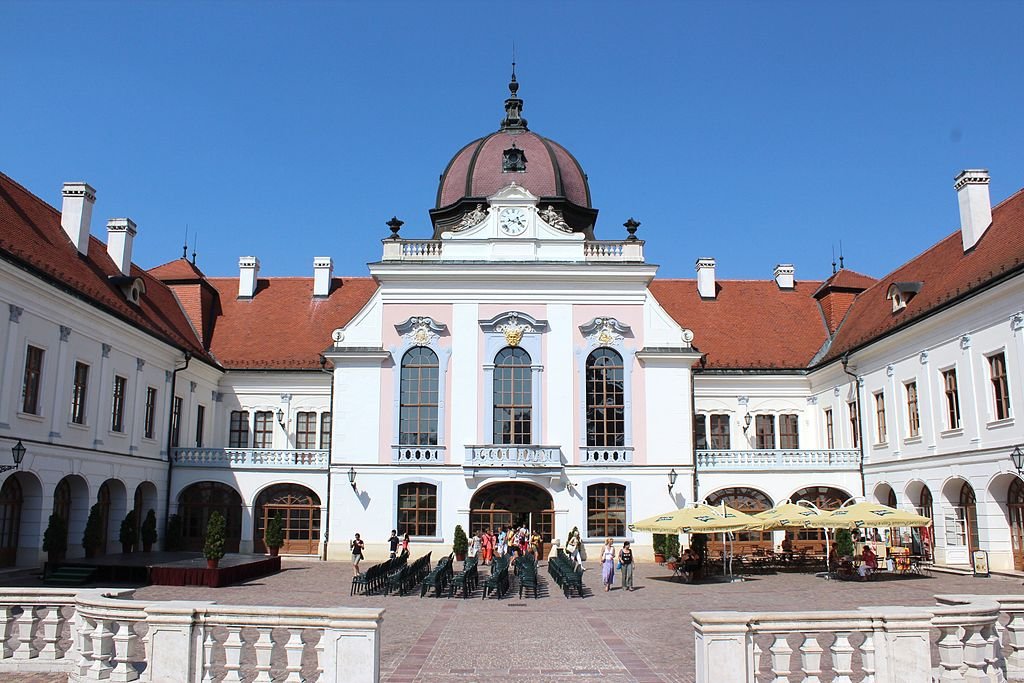
A noble Hungarian family originally occupied the majestic Gödöll Palace when it was first constructed in the 18th century. The palace was purchased by royalty after the passing of the last family member in the middle of the 19th century. The Austro-Hungarian emperor Franz Joseph I and his wife Elisabeth, popularly referred to as Sisi, used to spend each summer at the palace. Although some of the building’s wings were used as elderly residences during this time, much of it fell into disrepair during the Communist era. Since then, restoration efforts have been completed, and the palace is once again open to visitors. Although some areas of the grounds may be closed during inclement weather, the park and grounds are open every day.
Caves of Aggtelek Karst
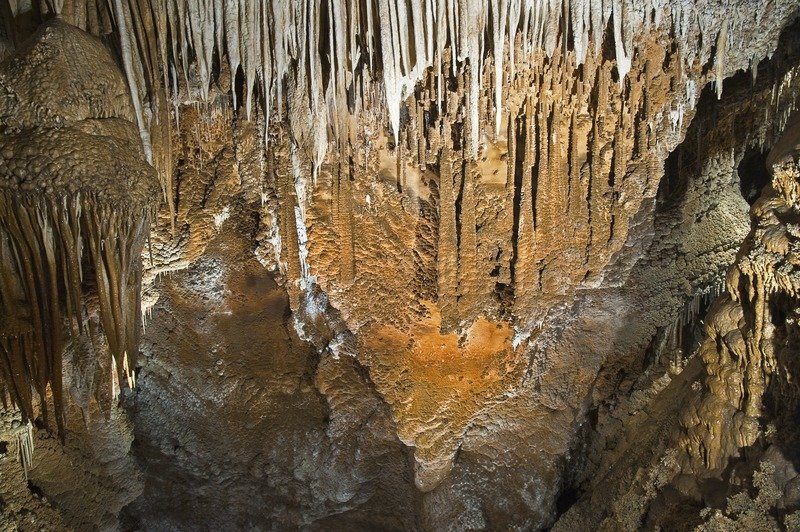
There are 8 UNESCO World Heritage Sites in the nation, but only one of them is a natural site: the Caves of Aggtelek Karst National Park. Enter the caves to see some of the biggest stalactites in all of Europe, as well as an astounding assortment of stalagmites and stalactites. There are also some gorgeously patterned rocks because of the rich and diverse mineral makeup of the ground above. There are specific trips that you can take to explore the Slovak Karst caverns as well, including one of the most stunning ice caves in all of Europe.
Danube River Cruise
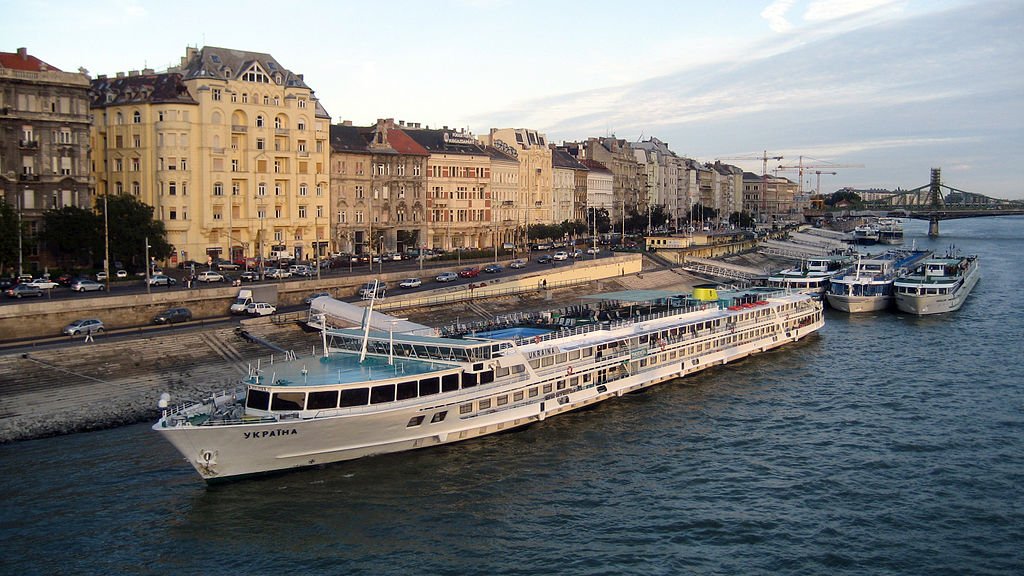
The Danube has long been regarded as Hungary’s and many other Central and Eastern European countries’ lifeline. A great way to view many of the top sites from a new angle is to take a cruise along the Danube. You are in awe of the sights you may view from your boat whether you choose to take a beautiful nighttime cruise around Budapest or a lengthier all-day trip around the Danube Bend (taking in Visegrad, Estergom, and Szentendre). Nearly every day of the year, cruises are offered, and boat businesses may be found along the Danube’s banks.
Lake Balaton

The largest lake in Central Europe, Lake Balaton, is also one of Hungary’s most popular tourist destinations. The majority of Hungarian families strive to travel to the lake during the summer to spend a few days relaxing by its shores under the sweltering sun. Swimming, fishing, and lake sailing are among the attractions. If you don’t have a boat of your own, there are many locations where you can rent small boats for a fair fee. Visitors to the lake can go ice fishing or skating in the winter.
Esztergom Basilica
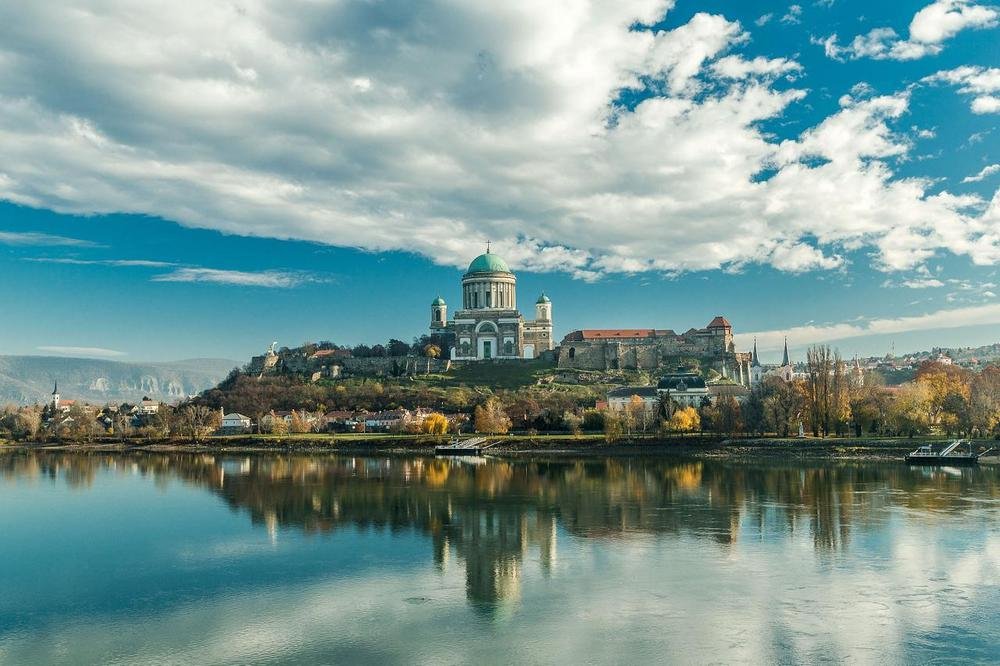
The largest picture ever created on a single piece of canvas can be found inside this basilica, one of the biggest structures in Hungary outside of Budapest. Girolamo Michelangelo Grigoletti depicts the Assumption of the Virgin in this masterwork. Several archbishops and other prominent clergy members are buried in the large crypt in the basilica, which was constructed in the 19th century in the Old Egyptian style. Cardinal Mindszenty, who is infamous for spending 15 years living in the American Embassy in Budapest after obtaining political asylum there during the Communist Era, is among them.
Hungarian Parliament Building, Budapest
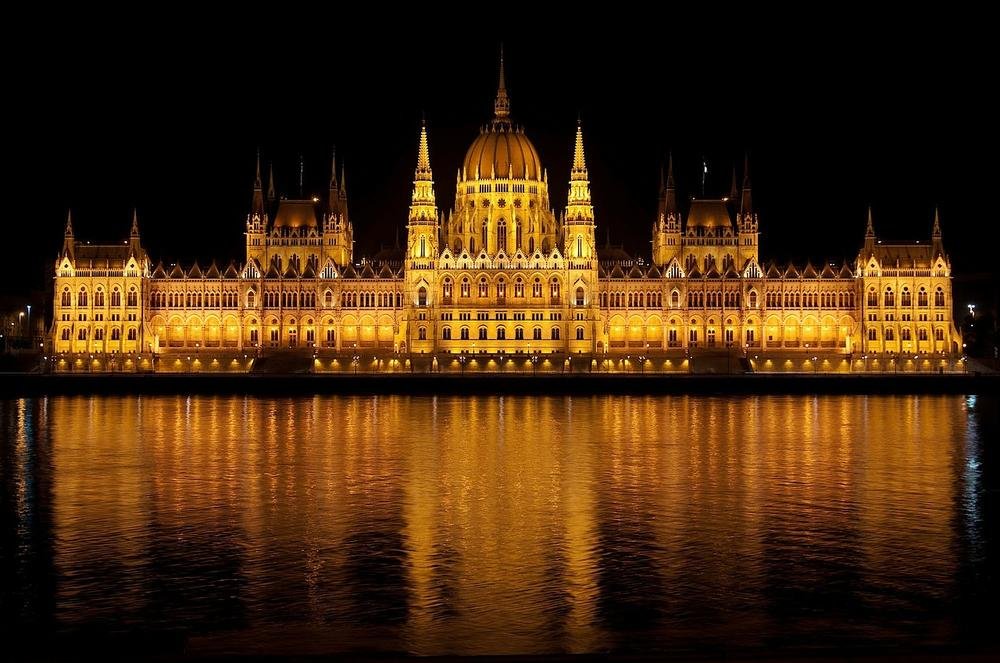
The Gothic Revival style of architecture is beautifully exemplified by the Hungarian Parliament Building. The structure, which is situated on the banks of the Danube, is currently the biggest in Hungary and the tallest in Budapest. Around a spectacular central dome that overlooks a sizable square where political demonstrations frequently take place, hundreds of spires and arches are arranged in a ring. The structure appears much more striking at night because of the imaginative lighting. Daily tours through various areas of the interior are offered in a wide range of languages. Find an appropriate session by looking up the times online.
Hortobágy National Park
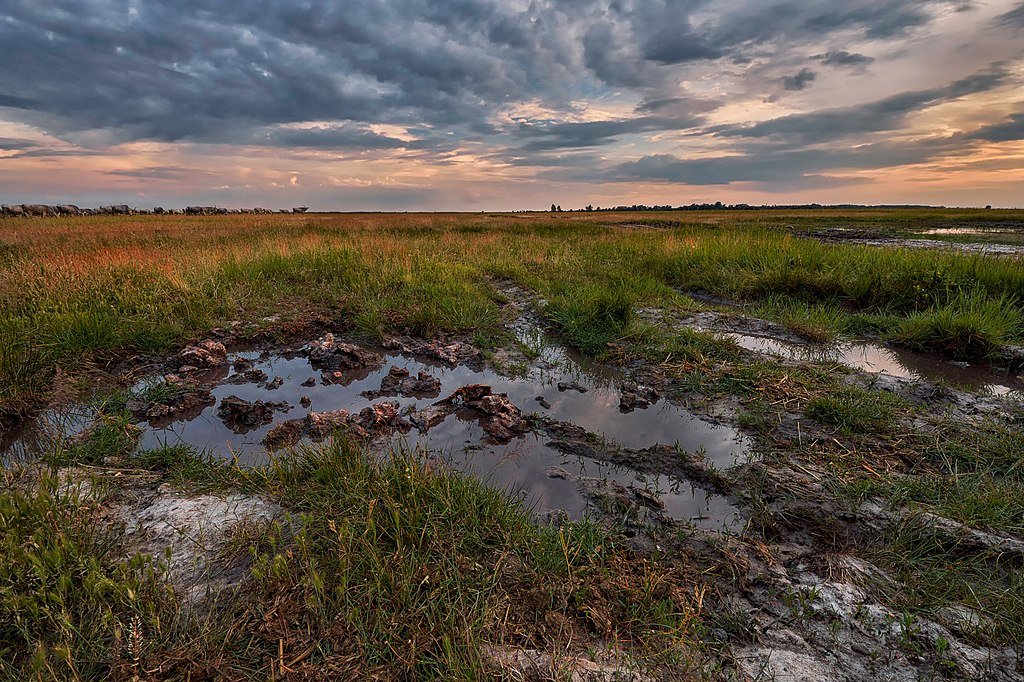
The largest protected landscape in the nation is located in Hungary’s Great Plains and is called Hortobágy National Park. Along with its stunning views, the region is renowned for its extensive cultural history. The region has a long history of farming, therefore the majority of visitors will take the chance to learn more about how farming has changed over time. Numerous herdsmen in the region continue to raise unusual breeds. A tiny population of rare, semi-wild Przewalski Horses can be found in the National Park, along with a wide variety of other animals and vegetation.
Great Market Hall, Budapest
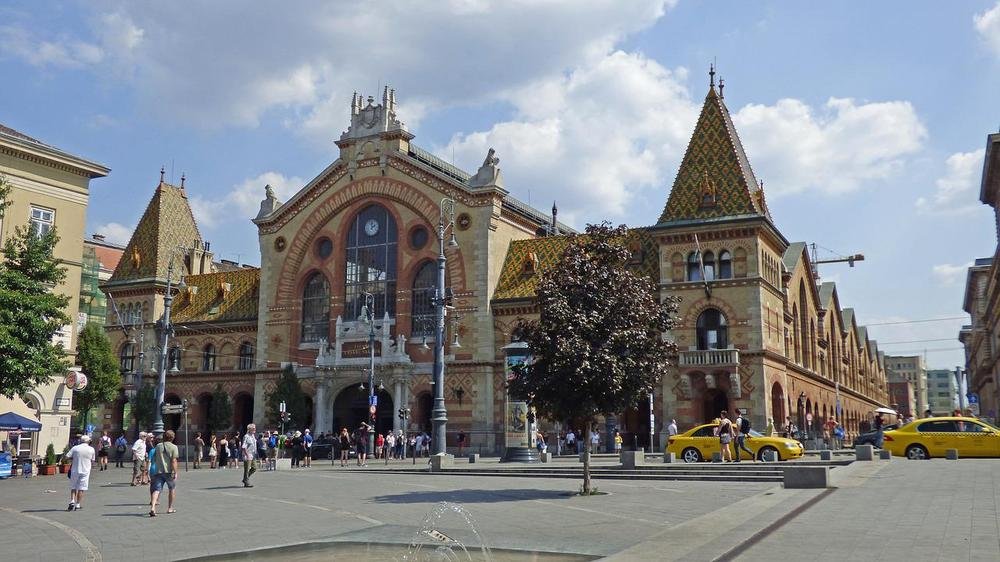
The Grand Market Hall in Budapest is likely the most well-known of all the markets in Hungary, despite the fact that there are thousands of them. Near the banks of the Danube, in a stunning neogothic structure, is where you’ll find this multi-story market. Local farmers and merchants selling a wide range of products can be found inside. Although many people prefer to merely get lost in the market’s bustle, you will typically find fresh fruit and vegetables, meats, and cafes on the ground floor, tourist goods (including Hungarian chess sets), fresh fish, and other shops, on the higher floors. Except on Sundays, the market is open every day.


